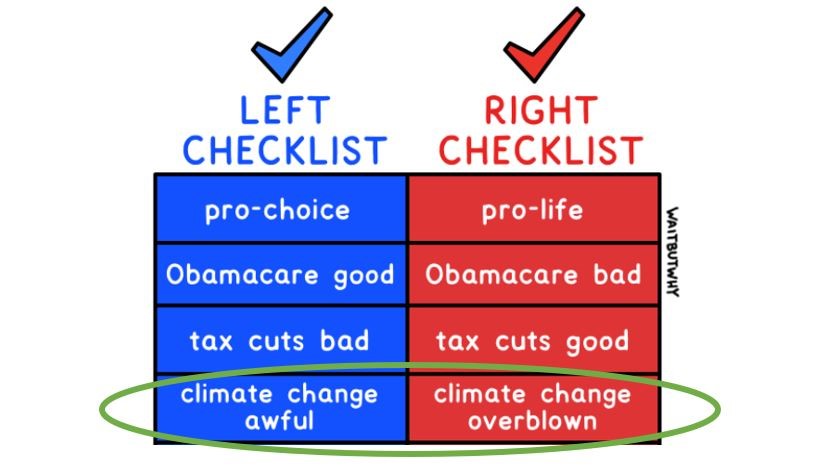
How to get URL link on X (Twitter) App


 1) That isn’t a lithium mine, it is a diamond mine. The Mirny mine in Siberia, Russia closed in 2004.
1) That isn’t a lithium mine, it is a diamond mine. The Mirny mine in Siberia, Russia closed in 2004. 



 There's a paper you don't hear about very often Ganopolski-2016 that starts with Earth's orbital eccentricity, obliquity, and precession, which affect how much solar radiation the Northern hemisphere receives. Then it calculates...
There's a paper you don't hear about very often Ganopolski-2016 that starts with Earth's orbital eccentricity, obliquity, and precession, which affect how much solar radiation the Northern hemisphere receives. Then it calculates... 

 (2/10)The sun illuminates the disk of Earth (area = πr²) 📏You can calculate Earth's area for yourself the way the Greeks did it using shadows, or with a straight-edge and a view of an ocean + trig:
(2/10)The sun illuminates the disk of Earth (area = πr²) 📏You can calculate Earth's area for yourself the way the Greeks did it using shadows, or with a straight-edge and a view of an ocean + trig: 



 From Caterpillar's website the 994H has a 1577 HP engine and can lift 35 tons (77,000 lbs) at once.
From Caterpillar's website the 994H has a 1577 HP engine and can lift 35 tons (77,000 lbs) at once. 






 Here is the particular photo with which I started. It’s from a hotel balcony on my last vacation.
Here is the particular photo with which I started. It’s from a hotel balcony on my last vacation.



 1. Herbert Dow visited the bromine plant and "I found it shut down with most of the men on the roof. The coke tower was plugged with iron hydrate and needed to be scraped out. But, there was considerable odor of bromine and the men claimed they were waiting for it to clear up...
1. Herbert Dow visited the bromine plant and "I found it shut down with most of the men on the roof. The coke tower was plugged with iron hydrate and needed to be scraped out. But, there was considerable odor of bromine and the men claimed they were waiting for it to clear up...

 In the Bayesian framework, how much you believe something after you see the evidence depends not just on what the evidence shows, but on how much you believed it to begin with. The posterior is affected not only by the evidence you encounter, but also by your prior. [2/11]
In the Bayesian framework, how much you believe something after you see the evidence depends not just on what the evidence shows, but on how much you believed it to begin with. The posterior is affected not only by the evidence you encounter, but also by your prior. [2/11] 


